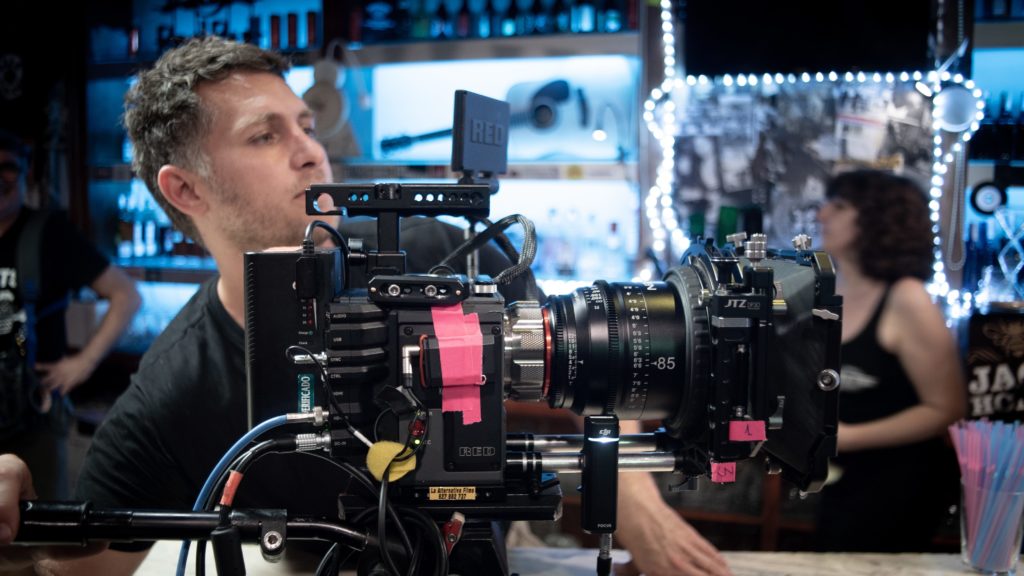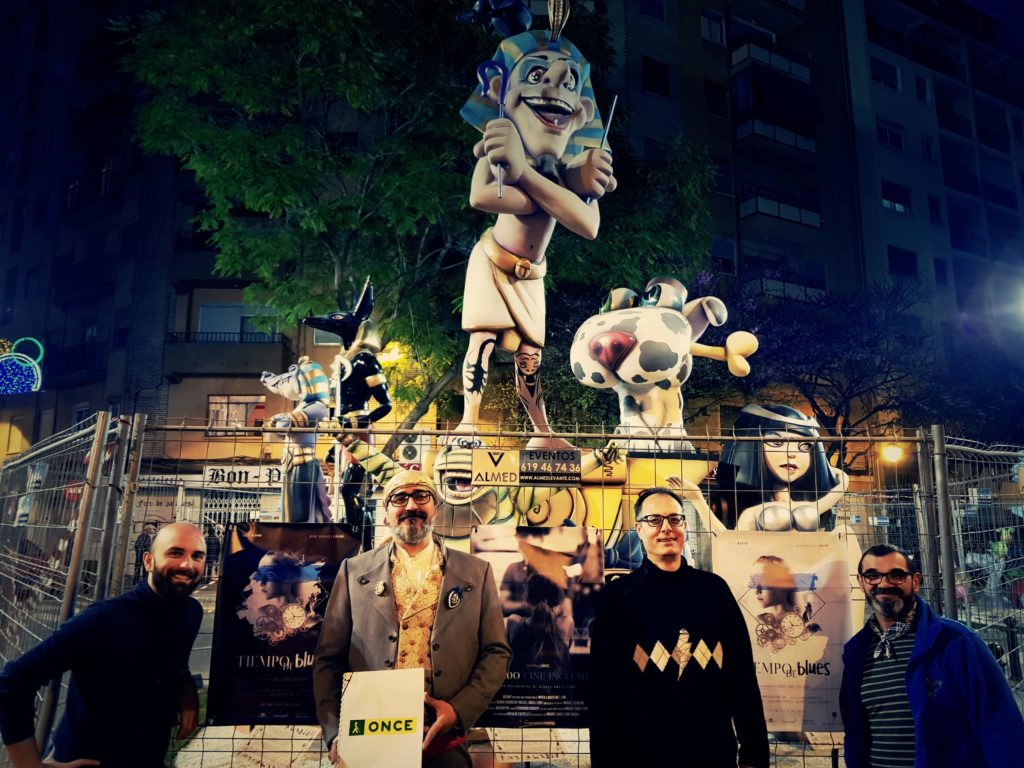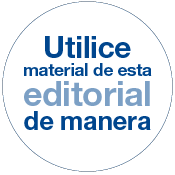10: THE RIPPLE EFFECT
Blues Time was meant to be innovative and also my most personal production, but this time I could not finance it myself.
Clearly, I had to find a production company to join the project.

Around September 2017, producer Nuria Cidoncha agreed to make Blues Time a reality via her production company When Lights are Low. We started looking for funds. Together, we shot the first accessible Blues Time’s teaser, which was released in XMILE’s Kinépolis event.
Thereafter, we contacted the Valencian Government and were granted a meeting with the director of the Department of Inclusion and Equality. He endorsed our project, and wrote a letter recommending our work in accessibility to any future sponsors.
In his own words:
“Based on the director’s previous satisfactory experience, Blues Time allows impaired people to participate in a cultural, innovative activity. The project embraces the accessibility recommendations of the International Conventions, which increases its social value”.

-CAIXABANK AND OBRA SOCIAL «la Caixa»-
In February 2018, Nuria called me: Caixabank was interested in Blues Time! Caixabank is the leading retail bank in Spain. Their mission is not only to contribute to the financial wellbeing of their customers, but to play a relevant part in social progress. For this reason, via their Social Banking Foundation, “la Caixa”, they wanted to invest in us.

That was the start of a ripple effect.
We began to build a film crew while other sponsors joined the project, such as Spanish Society of Authors and Publishers, Vithas Nisa Hospitals, Guitarras Raimundo, Weaddyou, Whatscine, Llumm Studios, La Alternativa Films and Fesord CV, among others.
-BEFORE THE SHOOTING-
When we were about to shoot, the first week of July, two things happened:
First, we started appearing on the news again. Second, Vicente, responsible for our marketing, made possible that a falla commission collaborated with us in different ways.
For those of you who are not familiar with las Fallas, it is a Valencian tradition (considered Intangible Cultural Heritage) in which we celebrate the arrival of spring by burning big wooden monuments – called fallas, like the celebration itself – which, in some cases, cost millions of euros.
There are many Fallas, each one with its own commission. Ours was Cuenca Tramoyeres – La Guardia Civil.

The team of individuals responsible for this falla wanted to join social projects. Blues Time seemed to fit the bill perfectly, because we could form a reciprocal relationship: The commission would raise funds for our production and, in turn, we would support them to make their falla a more accessible monument.
Our film’s inclusive methodology was already spreading beyond the bounds of the movie screen!
The effect of this synergy was great, coming to fruition at Fallas 2019: Blind attendees would be offered some braille texts that explained the falla. Due to this adaptation, the Spanish Federation of the Blind (ONCE) deemed the monument “accessible”.
-POSTPRODUCTION AND MORE POLITICAL MEETINGS-
That same month, March 2019, we finished Blues Time’s post-production and its 6 accessible-inclusive versions.
Meanwhile, many things were already happening: We had more political meetings, we gave different workshops and masterclasses… though the film was not even released!

Now that we explained many of the details surrounding XMILE and Blues Time, I would like to take a minute to thank the whole team who took part in both projects.
Especially, to all the photographers and filmmakers who contributed so much archive footage from so many years of work!

Taking care of having proper behind-the-scenes footage was so useful in XMILE but, regarding Blues Time, something incredible happened.
-CREATING INCLUSIVE CINEMA: A documentary-
Miguel Serrano was in charge of shooting the short film’s behind-the-scenes footage. After the 3-day shooting, I checked the material he sent me and I was amazed by it. Miguel had captured the strong feeling of comradery and friendship of the shooting wonderfully!
That is why I asked to not only release a brief behind-the-scenes video, but to go on and craft a full 22-minute long documentary, in which we would explain how to create an inclusive film. He accepted and I started writing and preparing the new project.
Nuria and the rest of the team and sponsors were stunned when they heard the news… Instead of having produced just one film, we had produced two!

This is the synopsis of our documentary Creating Inclusive Cinema:
“Miguel gets the offer to shoot the behind the scenes of an inclusive short-film named Blues Time.
But, what does inclusive filmmaking mean?
This question, and many others, start to pop up inside Miguel’s mind. His job, to simply document what is happening on set, turns into something more: It becomes a record of an emotional and unpredictable experience, which captures the formation of a true bond between the filmmakers and people with disabilities, including both those in front of and behind the cine-camera lens”.
Here’s the full documentary with English subtitles:
Conclusion
I would like to point out that this text deals with an issue of public interest: We all have someone in our family or who is close to us, that has some kind of impairment. Also, due to the fact that each generation is going to live longer than before, the power of our senses will decrease with age, but our eagerness to watch films will never do so.
Let’s stand up for each other and continue to improve such universal and relevant matters like cultural accessibility.








